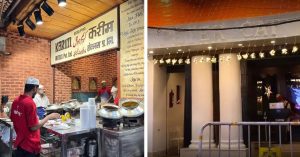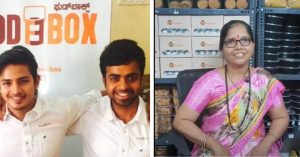How a Nun & Lots of Leftover Egg Yolks Led to Bebinca, the ‘Queen of Goan Desserts’
Goa's crown jewel, the Bebinca, takes 4 to 12 hours to bake. The primary ingredient to prepare this multilayered delicacy is patience and it was born out of the need for zero-waste cooking in the 17th century.
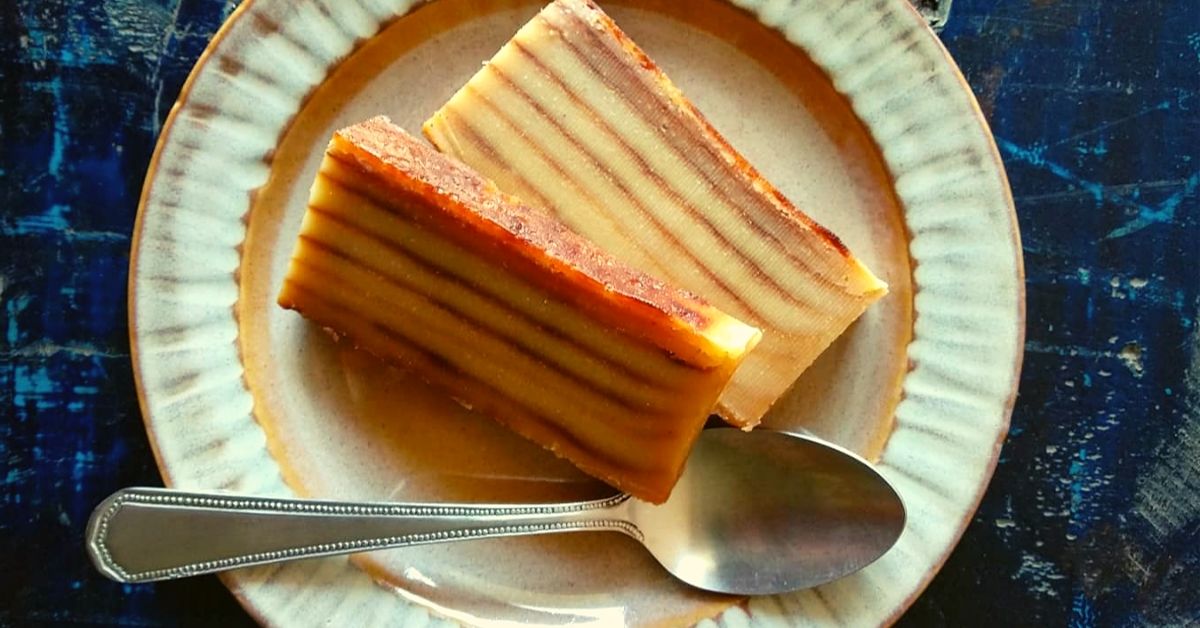
If one had to apply the viral social media trend #TheTellMeChallenge, to talk about Goa without mentioning ‘Goa’, it is no doubt that one would think to talk about Bebinca. This ghee-lathered sweetmeat encapsulates the state’s unique cultural and historical identity within its seven layers of glistening brilliance.
A flavourful vestige of the state’s colonial past, Bebinca is as unique to Goa as cartoonist Mario Miranda’s delightful illustrations portraying the lives of Goans.
And that is why it’s no surprise that the chief minister of the state, Pramod Sawant recently announced to push for a geographical indication (GI) tag for the dessert, in addition to the Mankurad mango, local brew coconut Feni, Taleigao brinjal, Saat Shireacho Bhendo (okra) and the Kunbi saree.
But underneath the luscious multi-layered slice of warm bliss, often served with vanilla ice cream, lies interesting stories of Goa’s culinary adventures.
A history lesson on sustainable baking
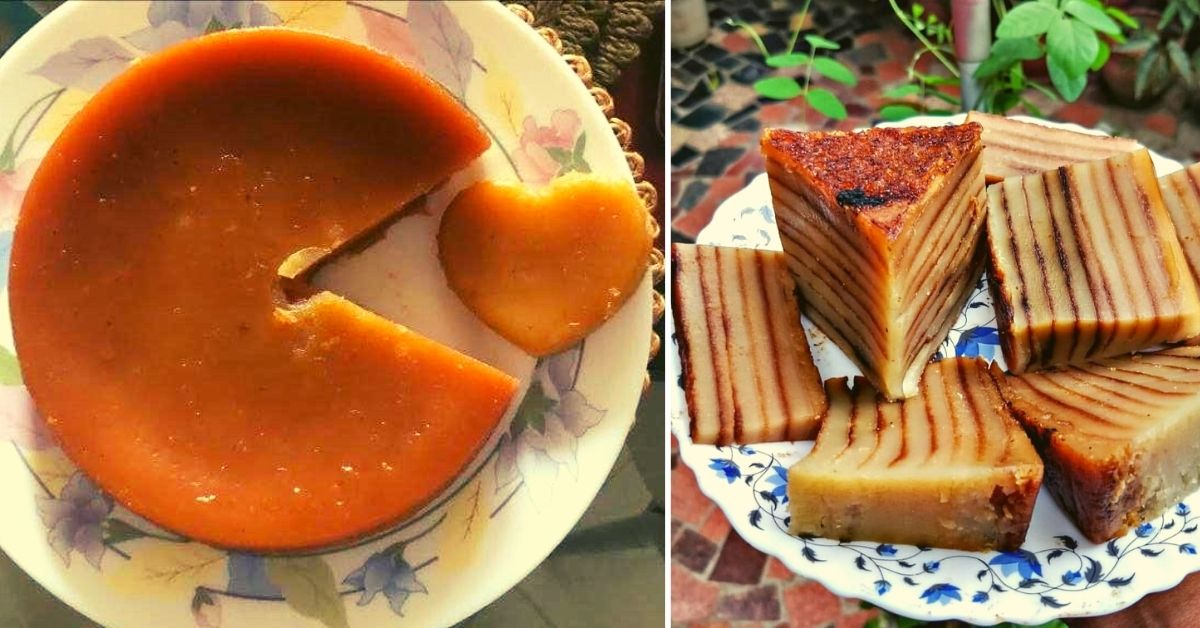
Also known as ‘bibik’, this Portuguese-influenced dessert is undisputedly the most popular sweet delicacy in the state. It makes special appearances at every occasion, be it a wedding, Christmas or any other feast. This indeed has earned Bebinca the sobriquet of ‘Queen of Goan Desserts’.
However, its origin is still shrouded in mystery. Some legends claim that much like other confectionaries of the convent (doces conventuais in Portuguese) Bebinca was also invented by Portuguese nuns in the 17th century. But what stands out is their zero-waste baking approach.
Contrary to most baked foods that use egg whites, here the yolks take the limelight. Using egg whites to starch clothes was a common practice of the colonizers which is still prevalent in parts of Old Goa. As a result of this, most people, much like the Portuguese nuns of Santa Monica Convent in Old Goa, would end up with an excess of leftover egg yolks. Legend has it that Bebinca came to be a solution to leftover yolks.
These stories and a prominent historian Fatima da Silva Gracias’ book, Cozinha de Goa: History and Tradition of Goan Food, states that one of these nuns from Santa Monica Convent was called Bebiana. She invented a seven-layered pudding using leftover yolks to symbolise the seven hills of the old city of Goa and Lisbon. This pudding was then sent to the priests, possibly those living in the Convent of St Augustine—the Order to which Santa Monica belonged—who although impressed, pointed out that seven layers weren’t enough for them. They advised Bebiana to increase the dessert’s size to accommodate at least a dozen layers. Today, this pudding is known as Bebinca in her honour and boasts from 7 to as many as 16 layers.
Patience — a critical ingredient
There’s nothing quite like cutting through the layers of Bebinca to reveal the wonders of complex flavours created with rather simple ingredients.
The warmth locked inside each layer, melting the vanilla ice-cream as you take a bite, is quite spectacular and is a result of four primary ingredients — eggs, all-purpose flour (maida), coconut milk and sugar. To enhance the flavours and create the cascading layers, lots of ghee and a hint of nutmeg is added.
But the one critical ingredient when baking Bebinca is patience. A true labour of love, one needs to keep it aside for 4 to 12 hours in order to religiously follow the recipe. Make the two separate batters (one dark and light), pour a thin layer of either batter, lather melted ghee on top, bake and then repeat, alternating between the dark and light layers. In other words, in the case of a 16-layer Bebinca, you would need to painstakingly layer, lather and bake each layer of batter 16 times!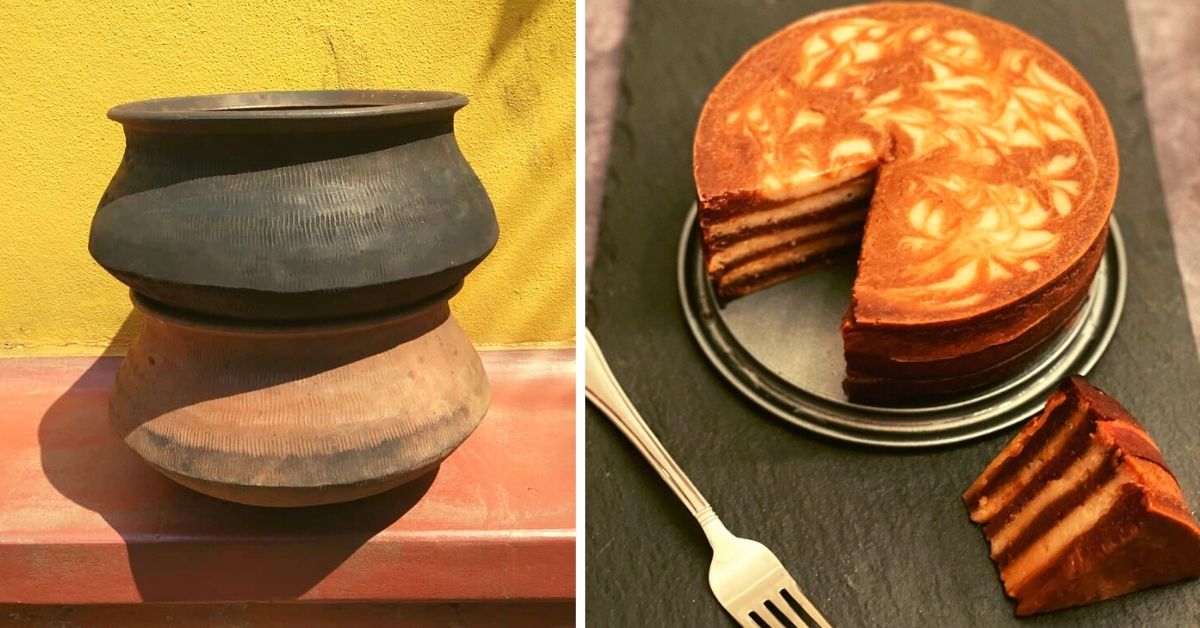
Food experts say that the best results can be achieved only by following the traditional method of baking, which involves using a special earthenware oven called tizals. Unlike other baked desserts, Bebinca made in these pots is not baked over a fire but by placing a few burning coconut husks over the lid. A hack for those cooking it in a conventional oven is to select the heat source setting that allows the heat to be released from the top and not from under the Bebinca dish. This method allows the heat to spread evenly and helps the sugar to slowly caramelize and create a more rounded taste with smoky undertones.
Goa’s crown jewel, Bebinca, is not only sensational in India but across the world. According to experts, the Portuguese had taken it across their colonies, from Goa to Sri Lanka, East Africa, Malaysia, Indonesia, Philippines to even Hawaii and the Pacific. With every trip, it influenced a variation—be it the layer-less bibingka in the Philippines or the bibikkan in Sri Lanka—only to be immortalised as one of the many Indian gastronomic wonders.
Featured image source: notoutofthebox/Instagram
Edited by Yoshita Rao
This story made me
- 97
- 121
- 89
- 167
Tell Us More
We bring stories straight from the heart of India, to inspire millions and create a wave of impact. Our positive movement is growing bigger everyday, and we would love for you to join it.
Please contribute whatever you can, every little penny helps our team in bringing you more stories that support dreams and spread hope.






